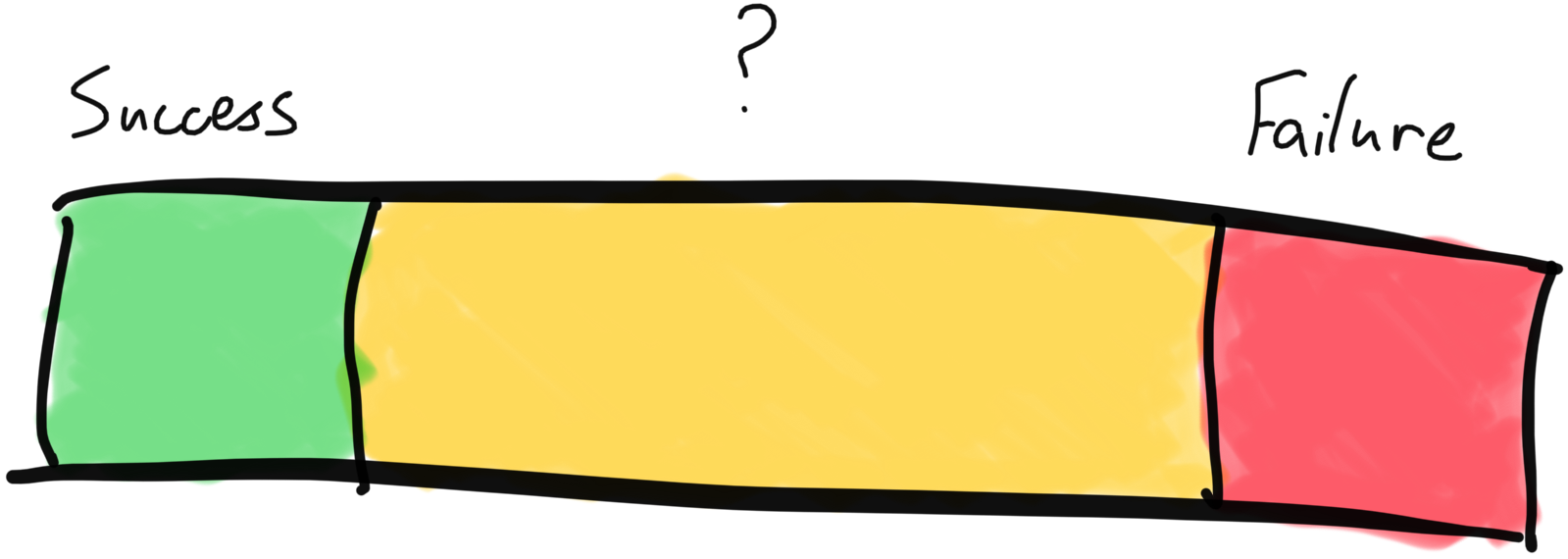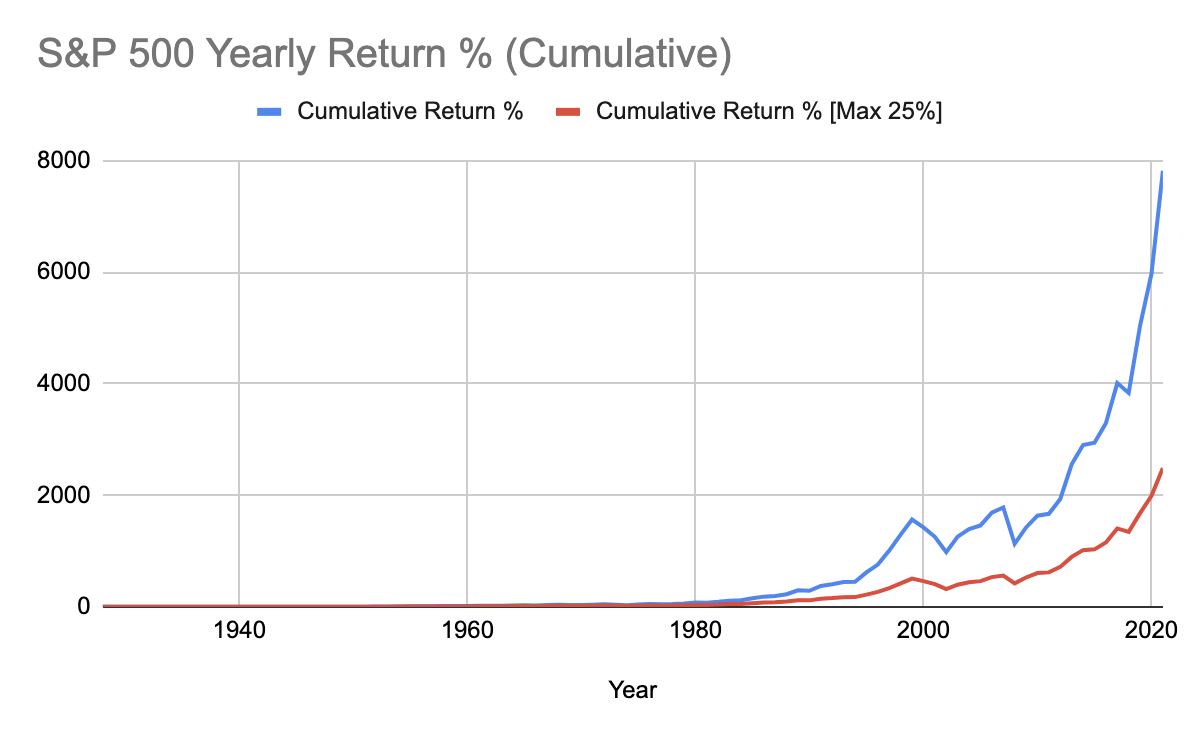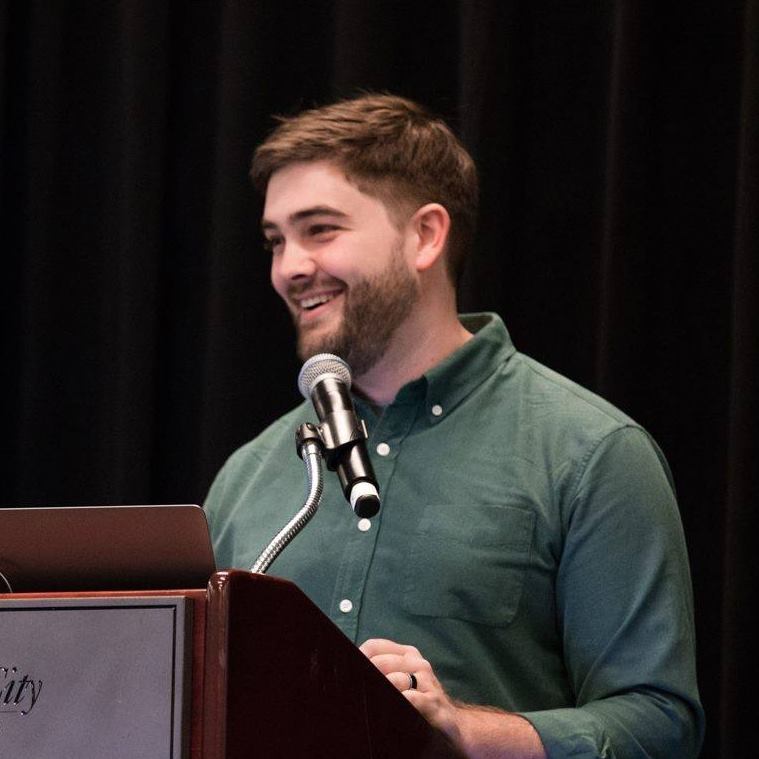Making Failure OK
A few months ago I overheard my colleague Andrew Spittle say something that stuck with me:
I primarily think of risk tolerance as a question of, “When something bad has happened how quickly do we know about it and fix it?” and not one of, “How few bad things happen?” It can be a subtle difference but if we start with the latter framing it’s going to lead us to make less optimal decisions.
The first time I heard that, it passed me by without much notice. But two months later, while working through a tough problem, it came back to me, like a $20 bill I’d left in the pocket of last winter’s jacket. That’s it.
When we allow failure to be an option, we open ourselves up to gain all sorts of new insight. Insight that usually ends up being the key to success.
There’s a famous quote that touches on this, but when I looked it up for this article, I realized there was a longer version I’d never seen:
Would you like me to give you a formula for success? It’s quite simple, really. Double your rate of failure. You are thinking of failure as the enemy of success. But it isn’t at all. You can be discouraged by failure – or you can learn from it. So go ahead and make mistakes. Make all you can. Because, remember, that’s where you will find success.
— Thomas J. Watson
Increasing Optionality

Think of a complex problem you’re working on.
Here’s a spectrum of what your options might look like:
- A few options with a good chance at success
- A few options with a good chance at failure
- A lot of options that are unknown
The way you view failure is closely related to optionality. If you’re focused on avoiding failure, then you’ll limit your options. You won’t just ignore options that are known to cause failure, but any option that isn’t known to be successful. That’s most of the options.
One problem with this is an assumption that you can accurately assess up front which options are most likely to bring success. In my experience, that’s rarely the case. As my understanding of a problem grows, my analysis of the options changes quite a bit. It’s very rare that the solution I identify up front ends up being the right answer.
That flows nicely into this advice from Will Larson:
Prefer experimentation over analysis. It’s far more reliable to get good at cheap validation than it is to get great at consistently picking the right solution. Even if you’re brilliant, you are almost always missing essential information when you begin designing. Analysis can often uncover missing information, but it depends on knowing where to look, whereas experimentation allows you to find problems you didn’t anticipate.
— Will Larson, Problem exploration, selection and validation.
Experimentation gives you many opportunities for small, recoverable failures. Counterintuitively, that’s a huge benefit. It allows you acquire first-hand knowledge about which options can demonstrate the potential for success.
Good Choices are Compounding, not Linear
Over time, the impact of experimentation is pronounced – but only if you allow for a range of possibilities.
Let’s look at the US stock market. Here is a chart of the S&P 500’s yearly % return from 1928-2021.

What if we decreased the range of possible failure & success only slightly? The red line shows what it would look like if we limited our gains or losses to a maximum of 25%.

Yikes!
Applications for Individuals
At an individual level, your decisions might feel small.
It’s easy to underestimate the compounding impact that experimentation + learning through failure have on your personal success.
One trend I’ve noticed is that all of the highly effective engineers I look up to are not better than average at picking winning solutions. They allow themselves more opportunities for failure than others do. In the end, everyone just remembers the successes.
When faced with a task that daunts you, a project that you find difficult, begin by doing something. Choose a small component that seems potentially relevant to the task. While it seems sensible to plan everything before you start, mostly you can’t: Objectives are not clearly enough defined, the nature of the problem keeps shifting, it is too complex and you lack sufficient information. The direct approach is simply impossible.
— Obliquity: Why Our Goals Are Best Achieved Indirectly by John Kay, p191
Something my team lead wrote has become a mantra for me over the past few years, because it keeps my focus in the right place, with a bias for action:
What is the smallest change we can make today for a better tomorrow?
Applications for Leaders
If you believe it’s your responsibility as a leader to prevent your team from failing, then you will only give your staff opportunities within a narrow band of where you anticipate they can succeed. That ends up being extraordinarily stifling, whether it manifests as micromanaging or just limiting opportunities for your staff.
A good way to tell if you exhibit this behavior, is to ask yourself – Am I responsible in this role for ensuring things go well? Or am I responsible for responding reasonably to a myriad of situations beyond my control?
If it’s the former, then you’re aiming to prevent failure.
That can have a big impact on your personal performance as a leader too. In many complex situations, there isn’t a clear way to avoid failure and ensure things go well, which can arrest progress if that’s your aim. If your focus is on reasonable responses, then that unlocks many immediately actionable paths for you to take. That will improve your ability to take action, which reinforces the positive impact of small steps.
Applications for Teams + Larger Organizations
This perception that failure should be prevented shows up at all levels of organization, with a downward pressure exerted from the cultural environment onto the individual to follow an established norm.
There are 2 main implications for that at the org level: retention + output.
Retention
If your team leads are encouraged to prevent failure, then that will impact retention, as they obstruct their staff’s autonomy to remove failure from the range of possibilities.
Performance
Similar to the stock market example above, the cumulative network effect of many individuals pursuing either experimentation or failure prevention adds up quickly.
A good way to know which you’re pursuing is how you approach new initiatives:
- Do you start with analysis, select the best path, and get started?
- Or do you identify some small experiments to run, then scale up the winners?
Analysis can be used to identify which small experiments to run, but that’s different than embarking on a full project based on analysis alone.
This is the MVP approach, which everyone knows, but it’s easy to overlook all the places it applies. Projects born out of analysis without experimentation are likely to have a higher rate of failure.
The key is to identify failure quickly. Think about the initiatives in flight and how long it may take to identify if they fail:
6 hours, 6 days, 6 weeks, 6 months, or 6 years?
The longer it takes, the more painful it becomes to absorb that failure and move on.
There are many parallels to this idea of effective networked activity in the natural world, but this one I particularly like:
The mycelium starts in an exploratory mode, proliferating in all directions. Setting out to find water in a desert, we’d have to pick one direction to explore. Fungi can choose all possible routes at once. If the fungus discovers something to eat, it reinforces the links that connect it with the food and prunes back the links that don’t lead anywhere. One can think of it in terms of natural selection. Mycelium overproduced links. Some turn out to be more competitive than others. These links are thickened. Less competitive links are withdrawn, leaving a few mainline highways. By growing in one direction while pulling back from another, mycelia networks can even migrate through a landscape. The Latin root of the word extravagant means “to wander outside or beyond.” It is a good word for mycelium, which ceaselessly wanders outside and beyond its limits, none of which are preset as they are in most animal bodies. Mycelium is a body without a body plan.
— Entangled Life, by Merlin Sheldrake, p48-49
That’s the best description I’ve come across of what a high performing team should be.
“which ceaselessly wanders outside and beyond its limits, none of which are preset”
How to Reframe Your Approach to Failure
I think of this approach to failure as a practice; not a one time decision. You’ll catch yourself in it many times, in many different situations. Even in this, it’s ok to fail. The important thing is identifying it and recovering quickly.
- When are you feeling pressured to prevent failure?
- Is the source of that pressure from within, from others, or from the environment you’re in?
Once you’ve identified that pressure, you can take steps in another direction.
The more times you rinse + repeat this process, the easier it gets. But the first time is always the hardest, because it’s often not enough to know intellectually that you should allow failure to be ok.
In that scenario, the lead domino is experiencing failure being ok. Until you do that, you can’t release control over needing to prevent it, even if you know you should.
You’ve got to believe it.
